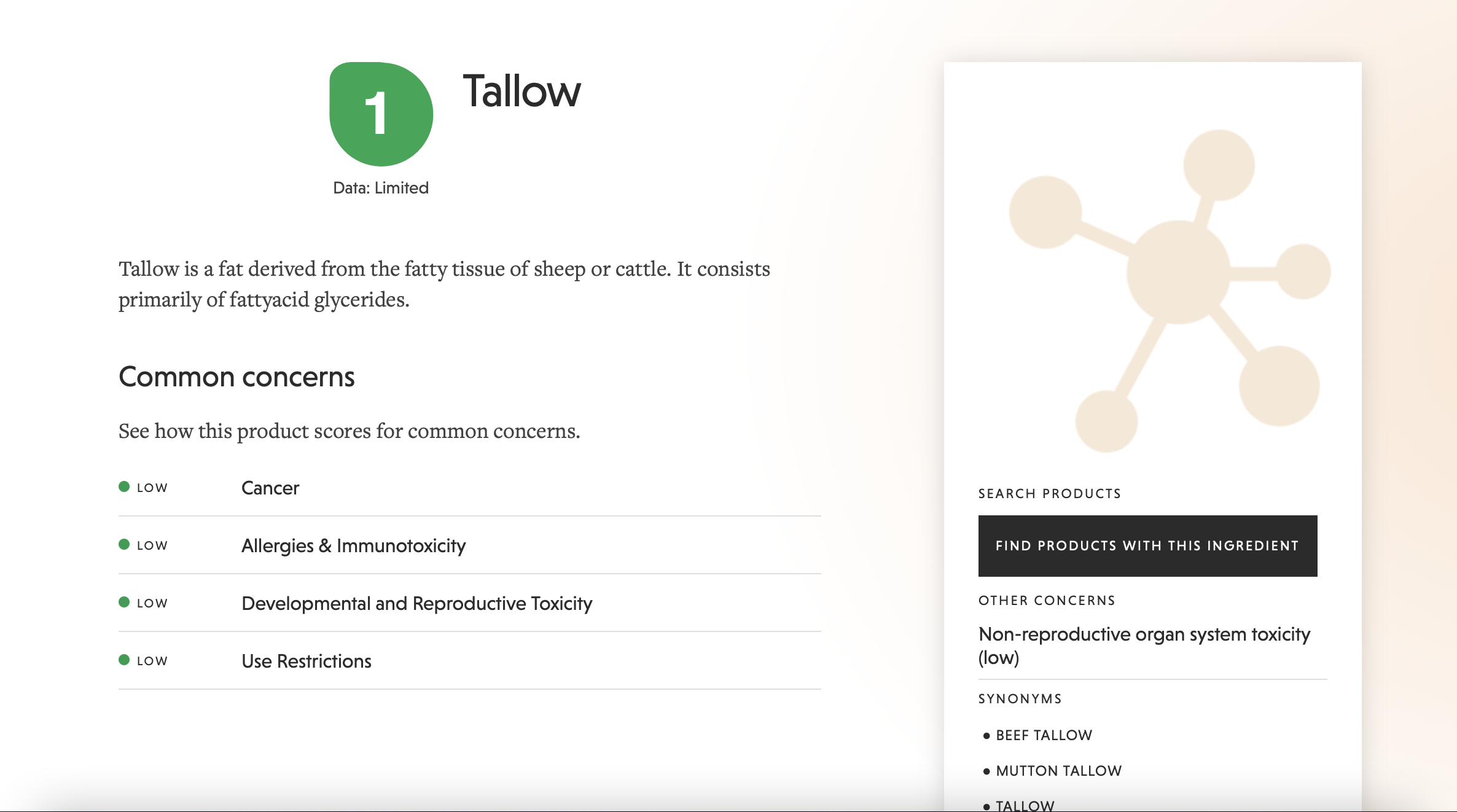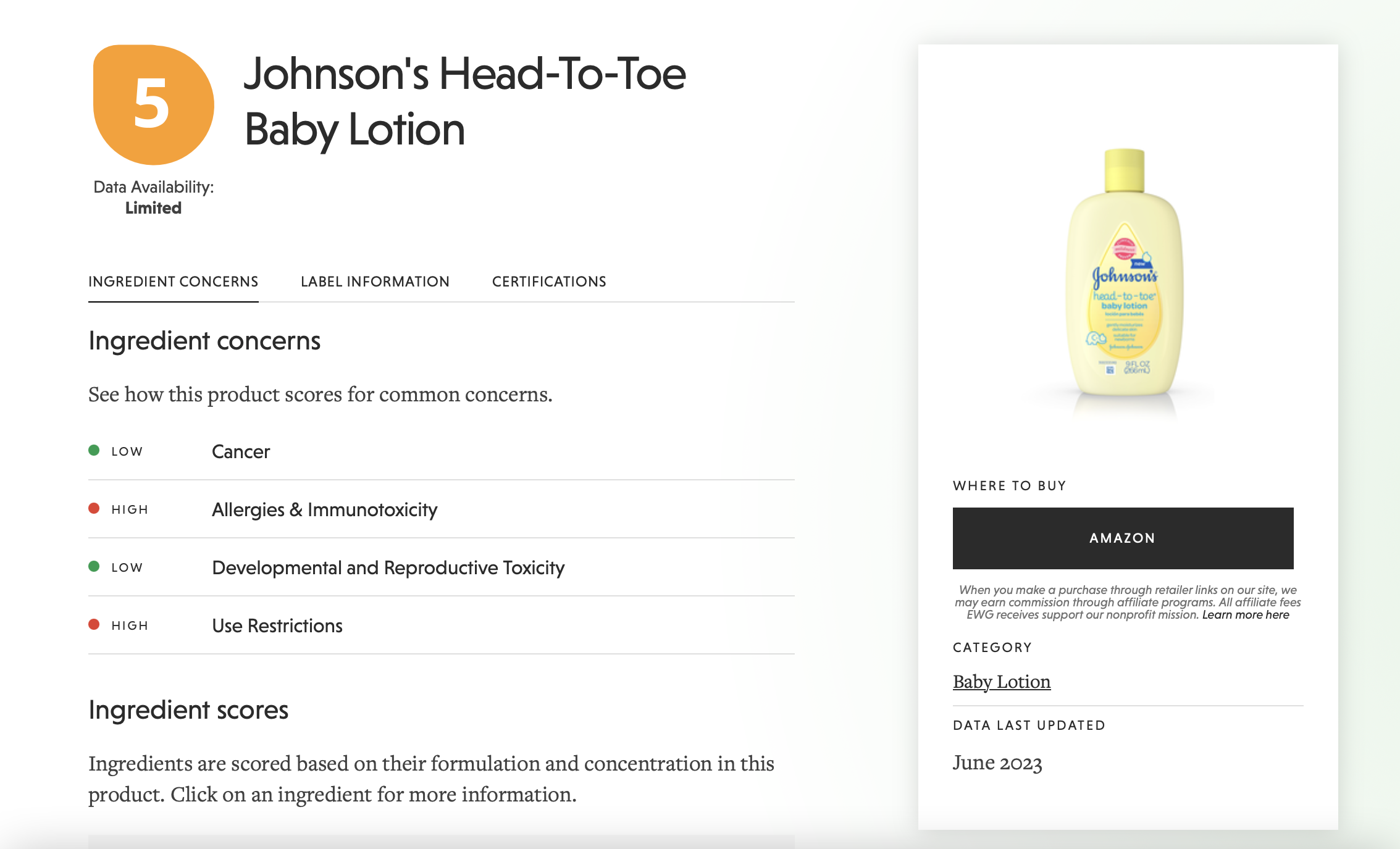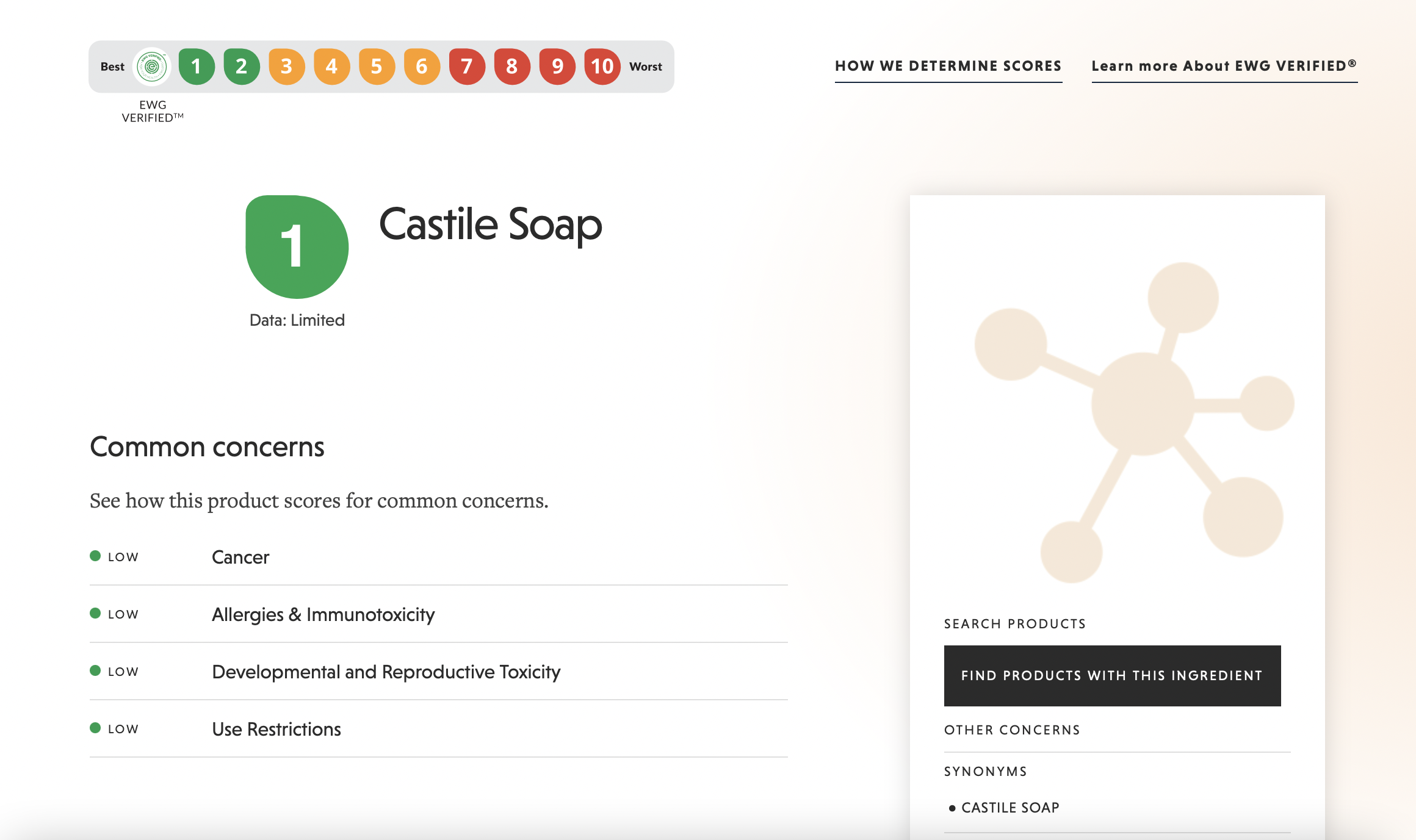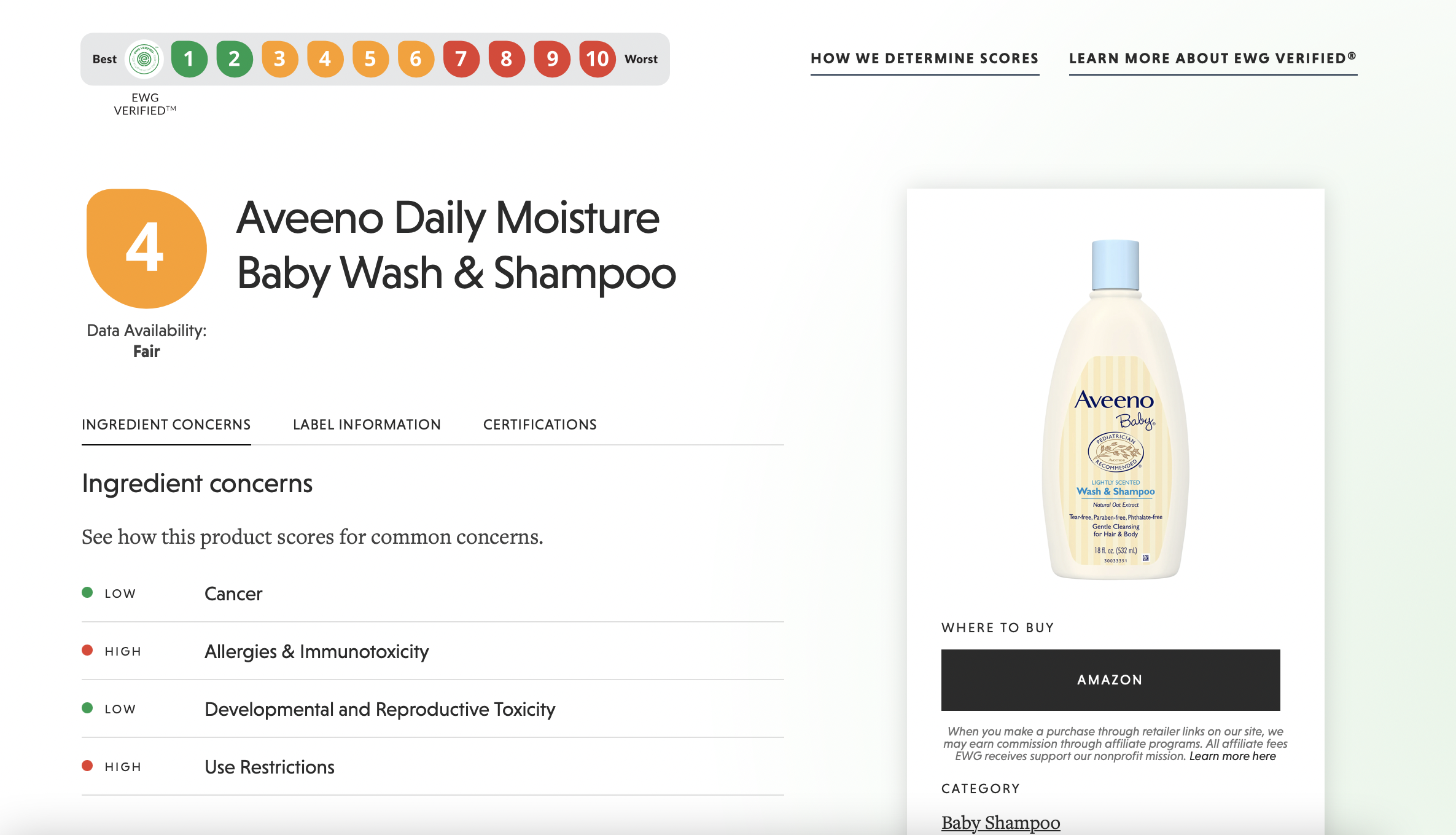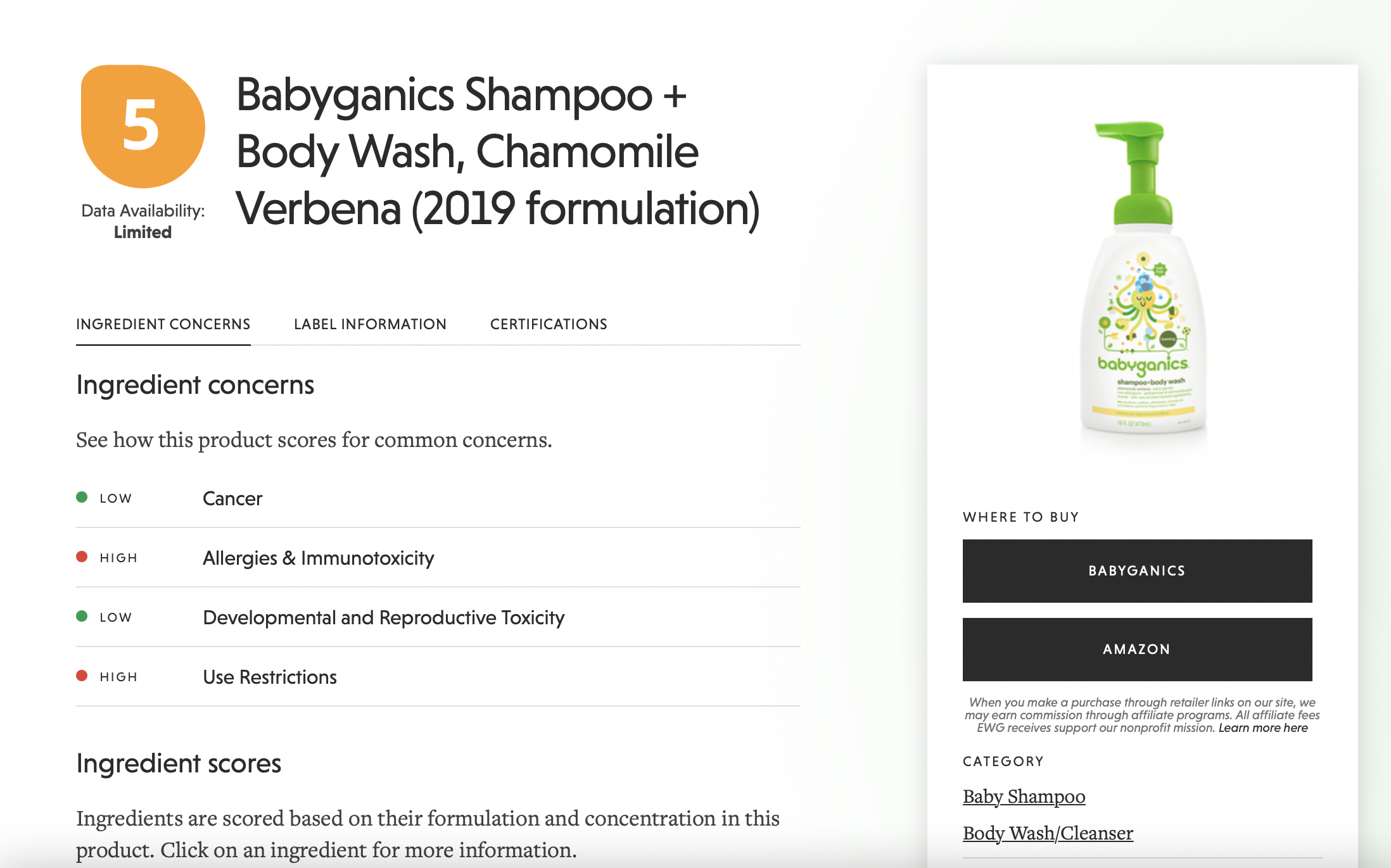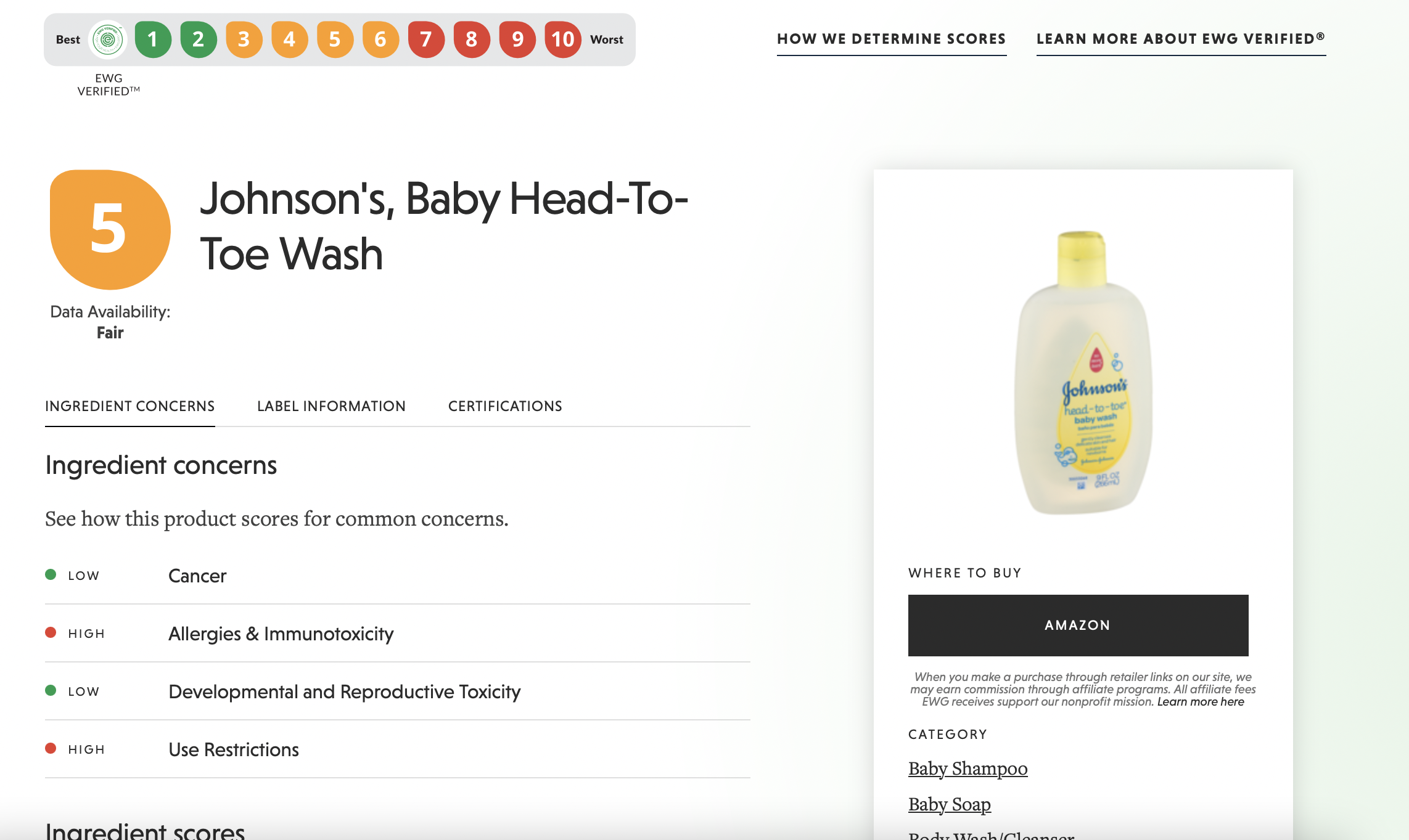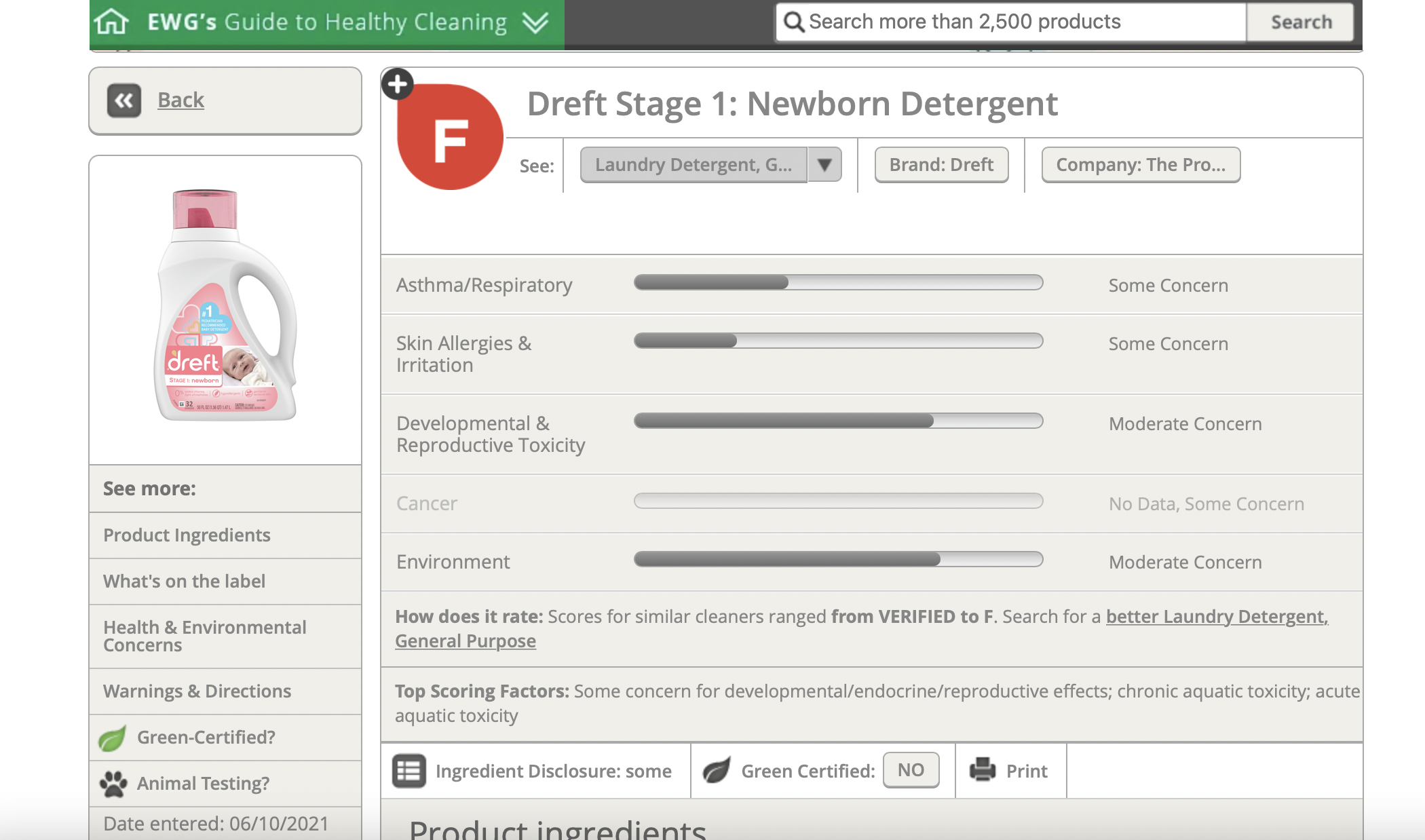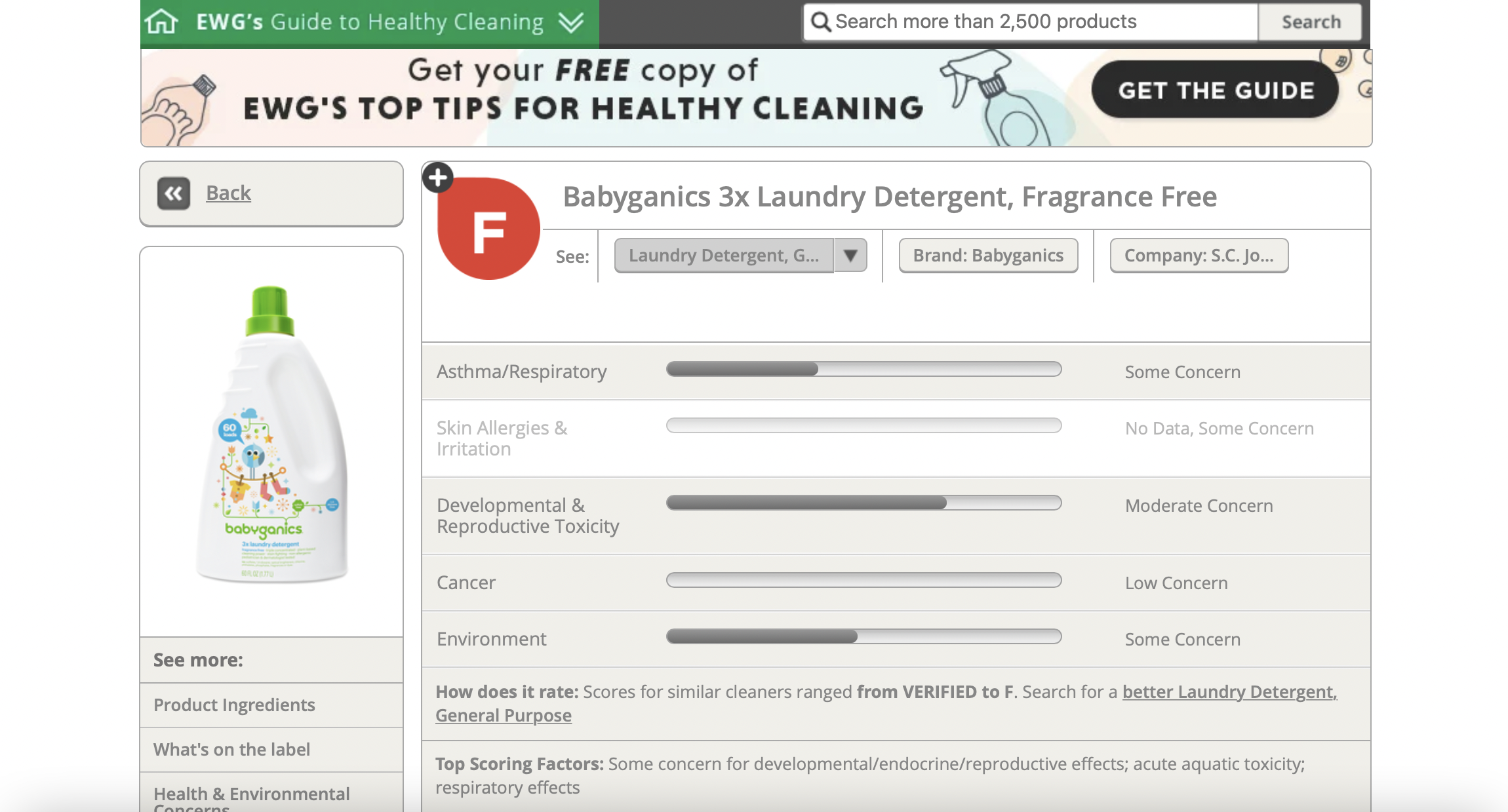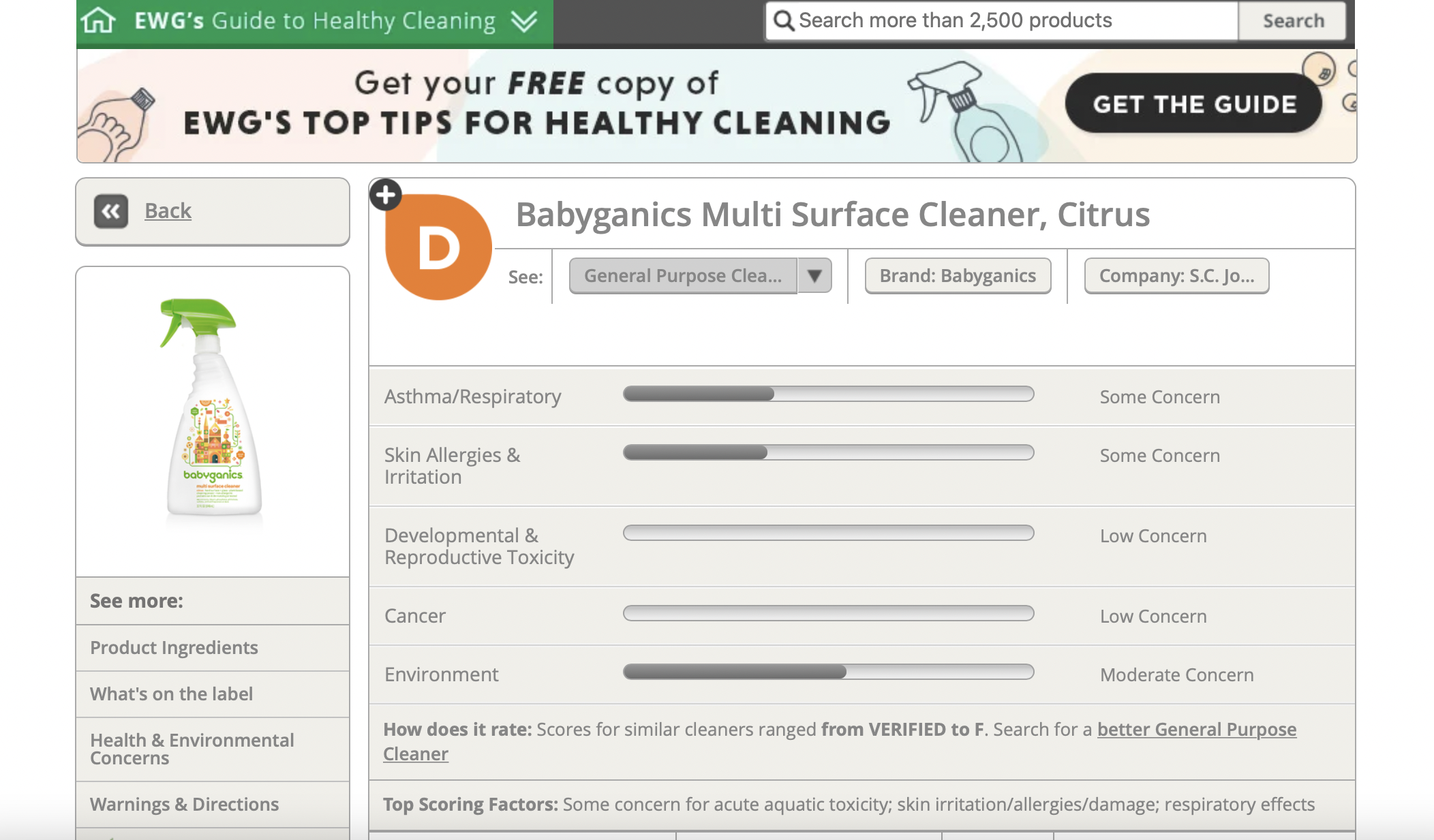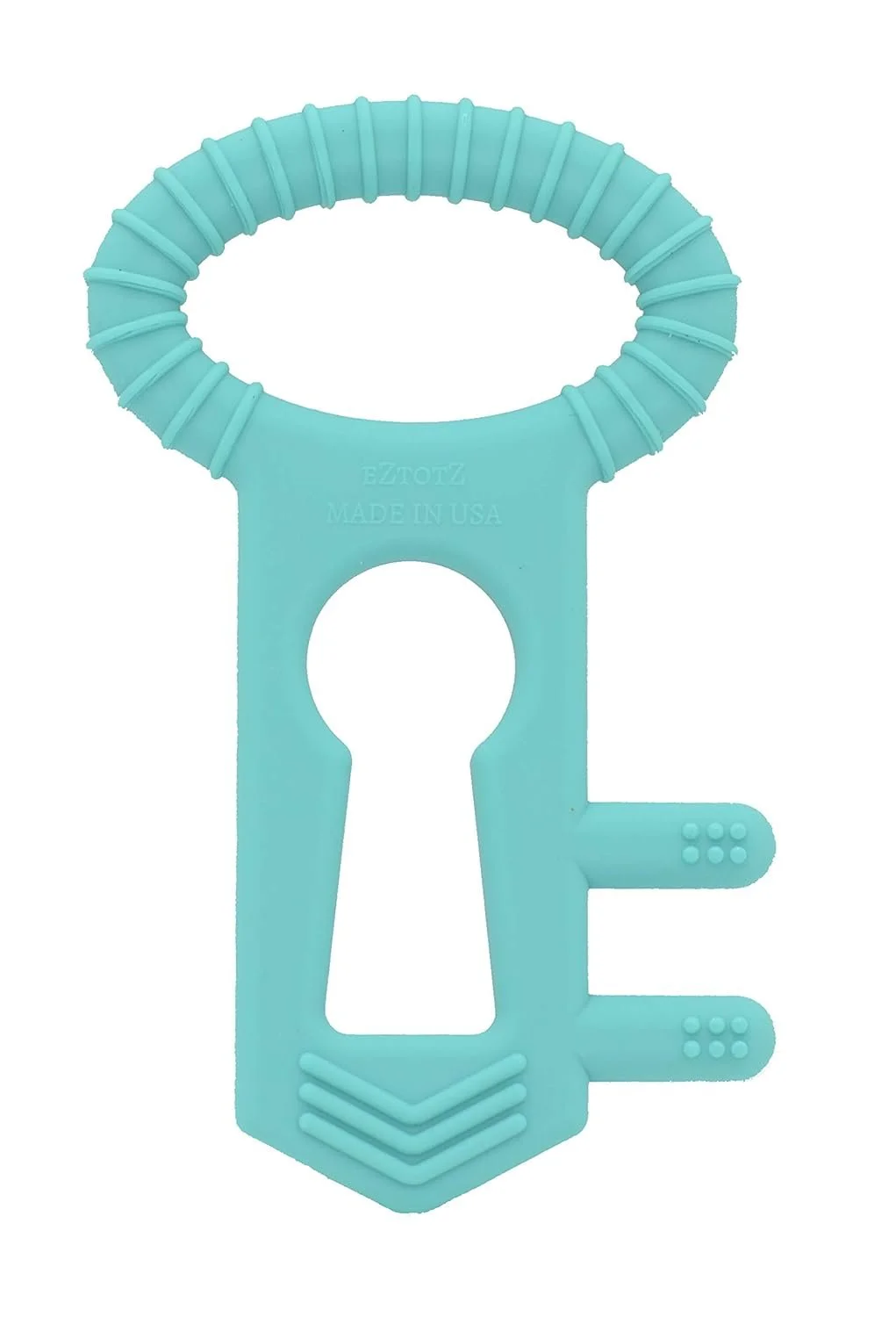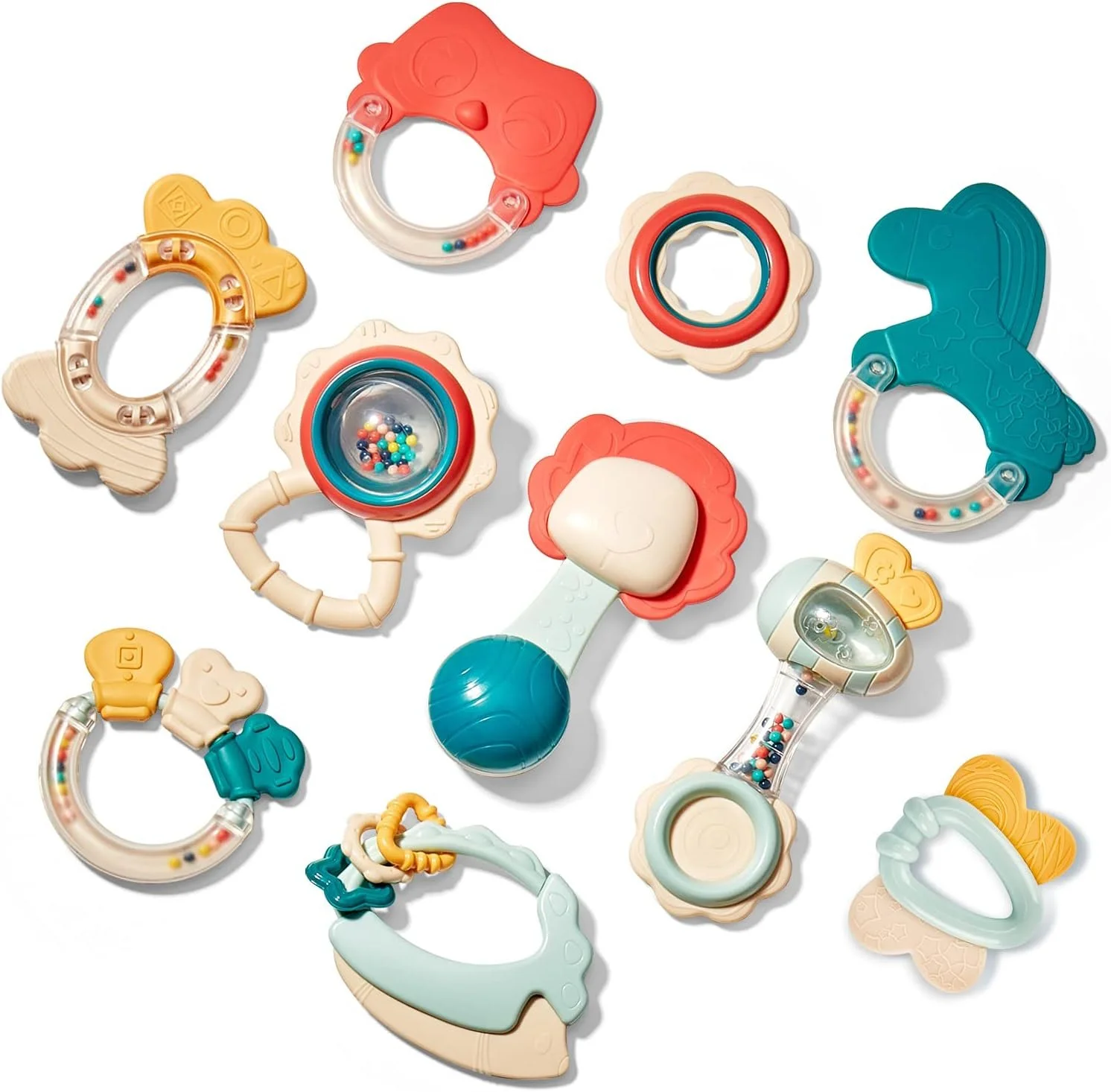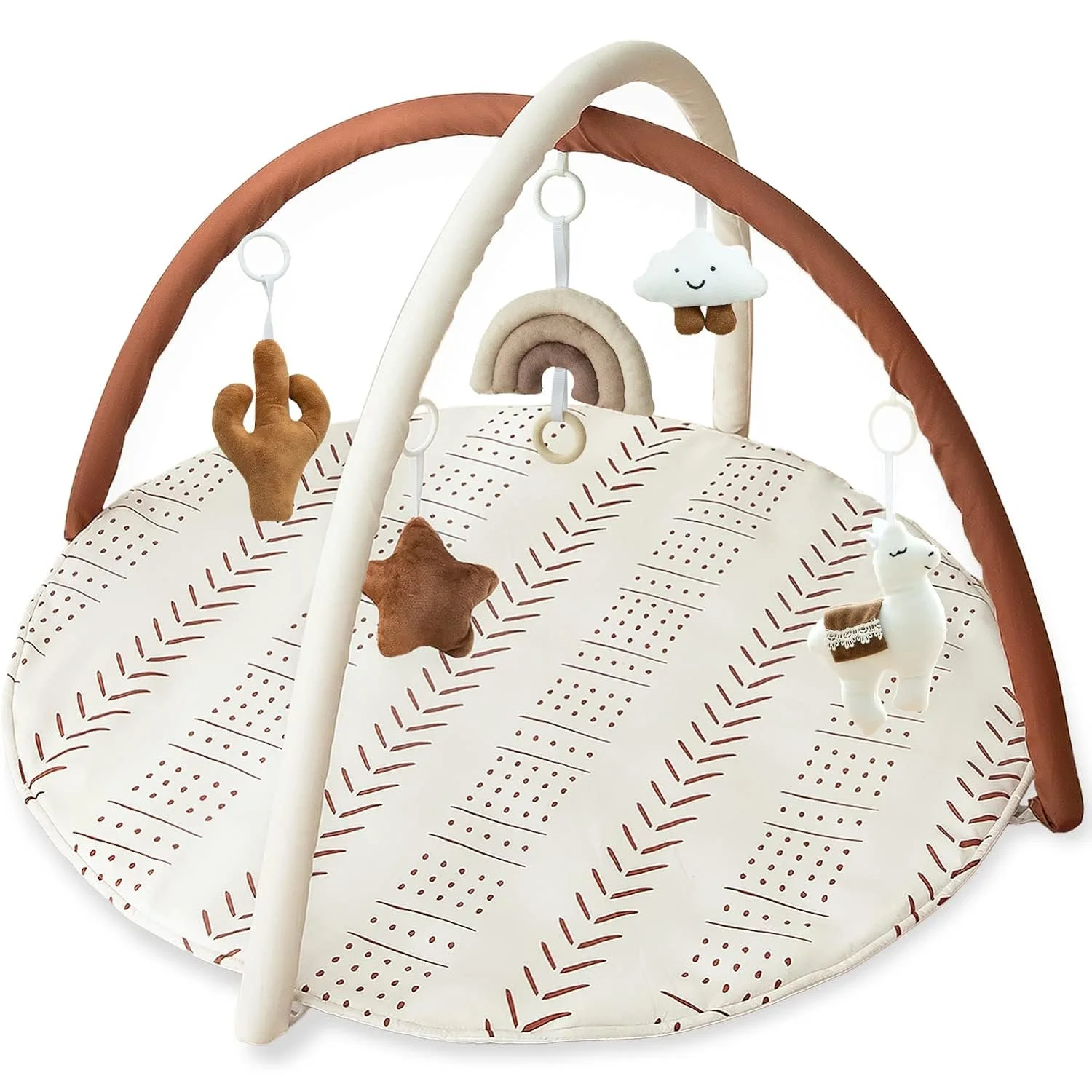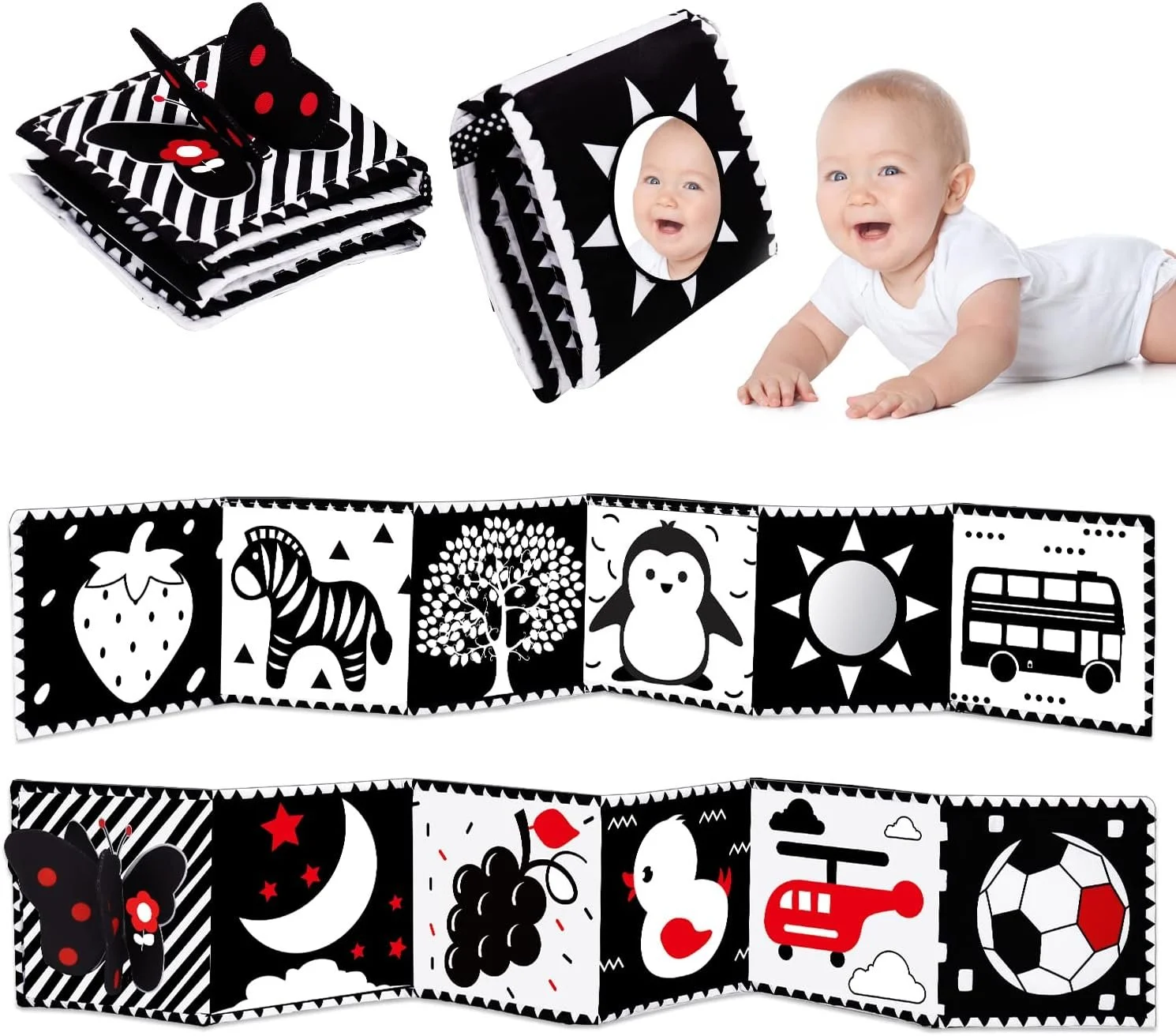Alternative Baby Products that are Healthier & Cheaper
When I became pregnant with my first son I became kind of obsessed with cleaning up our home environment and diet. I got rid of heavy chemical cleaners, bought air purifying plants, and stocked up on organic foods. I truly believe I did the best with what I knew to do, but today I know so much more! Back then, I fell into the trap that healthy living HAS to be more expensive.
Now six years and two more babies later I’ve learned a lot and changed a lot of our habits and products. And, weirdly, I feel like I’m just scratching the surface! I guess that’s usually what happens as you gain knowledge: you realize there is even more to learn.
I believe parents are the most heavily marketed to group of people on the planet. We are made to believe we can only use cleaning supplies, packaged food, hygiene products that are found in the baby aisle, or else our babies will… I don’t know, suddenly turn into adults? I’m not sure why I thought I could only use hand sanitizer that had baby branding on it, but I did! It’s ok to laugh at ourselves once in a while, right?
In this article I’ll be sharing my favorite alternatives to pricey, store-bought baby products so you can skip the marketing traps AND live more naturally in the process.
1.
Beef tallow instead of baby lotion
My husband won’t even let me say the word “tallow.” He thinks it’s the grossest word ever (but doesn’t mind eating food cooked in it!) Tallow has many health benefits!
First, what is beef tallow? It’s rendered beef fat that has been clarified and is stable at room temperature. It’s creamy like room temp butter, but isn’t as oily. Back in the day Beef tallow used to be the main product in skin care and beauty products. They started to be replaced with cheaper, chemical based ingredients. Now, like many things, tallow’s popularity is coming back around, and you can pay big bucks for tallow-based products, often from small shops that it in small batches.
OR…
you can simply buy a tub of high-quality, grass-fed beef tallow to keep on your shelf and skip the middle man.
This tub of beef tallow lasts me almost a year!
Tallow contains many vitamins and has high collagen content. We use it for cooking (like we would use any butter or oil), as well as for skincare. You can mix it with other oil bases and essential oils, or you can use it plain. There is a slight scent of beef if you put your nose up to it, but otherwise you can’t smell anything. It doesn’t stain clothes and it absorbs into skin quickly.
I use tallow on my babies’ dry skin, chapped lips, and on cuts because of the high collagen content. I have even put swiped a small amount on a Q tip and swabbed the edges of the insides of my baby’s nostrils on very dry nights because he gets very congested when the air is too dry. It works like a charm. I simply dish some out of the large tub in the kitchen and keep it in a small pyrex in each of their rooms. My three year old loves putting on her “lotion” by herself. One day she was very quiet for quite a few minutes, then came out of the bathroom with an extremely shiny face! She had used enough tallow on her face to cover her whole body!
Prior to discovering beef tallow, I used coconut oil for skin and diaper rash issues with very good results. I have never purchased OTC diaper creams or baby lotions. I love that I’m saving money, and using a product that literally couldn’t be any more natural!
Comparing beef tallow to other popular baby lotions
Beef tallow has the lowest possible rating for health concerns.
Johnson’s basic baby lotion scores 5/10 for health concerns.
Babyganics is a popular organic baby product brand, but still rates a 5/10 for health concerns.
Cost comparison
Beef tallow: $0.36 fl/oz Johnson’s: $0.26 fl/oz Babyganics: $0.47 fl/oz
Disclaimer: there is a popular article on the NY Post that downs tallow for being a skin barrier disrupter because of the high oleic acid content. I’ll let you decide if that source if the best place to be researching natural products that also disrupt the mainstream market.
2.
Castile soap instead of baby soap
Castile soap is “fine, hard white or mottled soap made with olive oil and sodium hydroxide.” (google definition)
This bottle of castile soap lasts anywhere between 6 months and 1 year depending on how I use it.
Castile soap is a mild, basic soap that cleans while also replacing sebum in the skin that can be lost with harsher soaps. It does usually need to be diluted and, because it does not contain chemicals that prevent this, it will burn if it gets in baby’s eyes.
Side note: did you know that “no tears” soap doesn’t actually stop soap from burning your baby’s eyes, it simply blocks the sensation somehow? That’s why their eyes still turn red, but the don’t complain about it!
Similar to beef tallow, I buy Castile soap in bulk and use it for many purposes, including washing my baby. It can be used as shampoo for babies with little to no hair. I’ve found that it is so pure that it almost strips more mature hair, like my toddler’s. I also like that this Castile soap is not scented.
Comparing Castile soap to other popular baby soaps
Pure Castile soap poses virtually no health concerns for your baby.
This popular brand scores a 4/10 for health concerns.
This popular organic brand scores a 5/10 for health concerns.
Johnson’s body wash scores vary between 4/10 and 5/10 for health concerns.
Cost comparison
Castile soap: $0.29/fl oz Aveeno: $0.42/fl oz Babyganics: $0.61/fl oz Johnson’s: $0.28/fl oz
3.
Shaklee laundry powder instead of baby detergent
As a first-time expectant mom I had so much fun washing all the baby clothes I bought and was given before organizing the nursery dresser. Of course, all the baby’s clothes were washed separately with special baby detergent. Once baby was here I did many extra loads of laundry to make sure his necessaries were clean without mixing them with our contaminated adult laundry. I never even looked the price of Dreft because there wasn’t any other option.
With Baby #2 I got lazy and washed her laundry separate, but with the same (clean) detergent that I used for the rest of the family. My son had magically turned one and was able to tolerate normal laundry detergent by this time.
Poor Baby #3 has his clothes washed right alongside mine, same detergent and all! Because, after consideration, if the detergent was harmful to my baby, I probably shouldn’t expose the rest of my family to it either.
I’m in love with Shaklee’s cleaning and laundry products (they don’t just sell vitamins!) I’ll tell you more about how we discovered Shaklee and why I’m a distributor now, but whether or not you become a member, you should check out their cleaning and laundry supplies. I’ve found this detergent to high-performing and leaves my clothing with no scent… which is the way it should be!
Shaklee laundry powder
Here is some info from the product page on Shaklee.com:
“Earth-friendly laundry detergent
You know the deliciousness of clean clothes right out of the wash? Fresh Laundry takes it to the next level. The natural enzyme formula leaves clothes extra clean while being gentle on the planet, which means you can bury your nose in a pile of clean laundry and breathe a little easier.”
Safe for all washable fabrics
Natural enzymes to leave clothes extra clean
Gentle on the planet
Clean Credentials
Biodegradable surfactants
Concentrated
Hypoallergenic
No phosphates
No chlorine
Safe, Proven, 100% Guaranteed.
Shaklee laundry powder compared to other brands
Dreft, one of the most popular brands of baby detergent, rates very poorly in terms of health concerns, such as asthma, skin irritation, and reproductive toxicity.
Babyganics, another trusted “healthy” baby brand, also rates an F because of health concerns related to asthma, developmental and reproductive toxicity.
Cost comparison
Shaklee: $0.20/load (member price) Dreft Stage 1: $0.22/load Babyganics: $0.25-$0.66/load
4.
Shaklee cleaning products instead of baby brand cleaning products
I also fell into the trap of thinking that if my cleaning products came from the baby aisle, they would be safe to use around my baby. Now, I stick with Shaklee’s cleaning products for literally everything, including cleaning baby toys and surfaces that my baby will spend time on.
There are two options:
1. Basic H, which is Shaklee’s all-purpose cleaning product. It is concentrated and can be diluted to different degrees depending on how you use it.
2. Basic G, which is Shaklee’s germicide. This kills everything that Clorox would.
Most people are wary of “healthy” cleaning products because they doubt whether they can clean as well as chemical or bleach-based cleaners. Check out these products for yourself and it will probably put your mind at ease. I’ve heard from reliable sources that Shaklee cleaning products are used in the White House!
Because these cleaning products are concentrated, they are much more cost effective than most store-bought cleaning products.
Shaklee cleaning products compared to other brands
Babyganics, a trusted brand of “healthy” baby products, scores a D for health concerns, including skin irritation, respiratory issues, and environmental toxicity.
NOTE: There are many other good brands of cleaners, detergents, and hygeine products that are EWG Verified besides the brands I use! Check out the EWG website to see how your products score, and to see what you might want to start using for your family.
Cost comparison
Shaklee Basic H: $0.24/GALLON (member price) Babyganics: $28.16/GALLON
5.
Stovetop instead of a sterilizer
A quick Amazon search reveals that bottle sterilizers range from $19-$140. Some people argue that sterilizers aren’t needed at all, but I personally sterilize my baby’s bottles and plan to for the next few months until his immune system is more mature, especially because he is adopted and I don’t have a full medical history, nor is he getting tailored antibodies from breastfeeding. I breast-fed and pumped for my first baby, and exclusively breast-fed my second baby; I simply used the steam option of my dishwasher for any baby supplies. Now, we live in an older home without a dishwasher, so I handwash Baby No. 3’s bottles and pacifiers and steam then in a pot with a steamer basket on the stove. I did this out of necessity at first because we had less than 24 hours to prepare for his arrival. I quickly decided that a bottle warmer and separate bottle sterilizer were an unnecessary expense.
Sometimes it’s prudent and even easier to do things they way mamas have always done them. We don’t actually need a different piece of equipment for everything.
Cost comparison
Stovetop: free Sterilizers: $19-$140
6.
Steam instead of menthol
Two out of my three babies battled horrible stuffy noses during the night as newborns. (They were both born in late fall/early winter.) I’m so glad I read up on menthol and eucalyptus before becoming a mom. These two “natural” solutions to nasal congestion are not appropriate for babies. They are too strong. They do indeed clear up congestion by having a drying effect on mucosal surfaces, which works great for adults with mature sinuses. However, babies have very small sinuses and nasal passages and their system is immature; often, these products dry out the mucosal lining in the sinuses so much that it creates a rebound effect, leading to increased “congestion.” Parents often get in the cycle of more mentholatum on Baby’s chest or eucalyptus oil in the diffuser, when it may actually be making it worse.
Then why are their menthol and eucalyptus products on baby shelves?
Great question! I have two theories.
The manufacturer is being wreckless and selling products that aren’t appropriate for babies, and may even be harmful.
The “menthol” and “eucalyptus” is so synthetic that it doesn’t do anything at all.
Baby congestion and sinus issues is one area I would not venture out of the baby aisle, or even enter it in the first place!
The technique I use is much more inconvenient, but helps me (and my baby) sleep better at night:
steam from the shower
saline spray and a Nose Frieda
fresh air
Yes, when my babies are congested and they are still too young to breathe through their mouths (which still isn’t ideal), I run the shower in our master bathroom with the door open before bed and/or in the middle of the night while they feed to increase the humidity in the room. I’ve even moved a chair in the bathroom and fed my baby beside a steamy shower. This works wonders!
I spray and suction their nose before every feed, being careful not to suction more than I need to as this can cause a rebound effect in their sinuses, making congestion worse. My husband has refused to suction any of our babies’ noses, but I absolutely love the Nose Frieda! It works much better than the bulbs and I can change the filter, clean, and sanitize the rest of it as needed.
You can also take a tip from Scandinavian mothers, who swear by fresh air as the antidote for congestion and sickness for babies. Even in frigid temperatures, these mothers bundle their babies and take them outside, and even open their windows at night! Living in Florida doesn’t lend to sleeping with the windows open unless you have really good screens to keep living things out, but we do give our newborns lots of time outside in all types of weather.
As my grandpa always said, “There’s no bad weather, only bad clothing.”
NOTE: Humidifiers are great in theory, but I have not yet found a humidifier that actually helped my baby sleep. We returned our warm air humidifier because it smelled like burning plastic all night. Our cool air humidifier does not actually raise the humidity in our room. So hot showers it is!
7.
Floor time instead of Positioners
Not only is floor time (time flat on their back or tummy) cheaper than purchasing activity saucers, bouncer chairs, and doorway jumpers, it is also better for your baby’s development.
You can read all about how these “Positioners” negatively impact your baby’s motor, cognitive, and communication development here. We as mothers have been severely misinformed by the baby marketing industry when it comes to equipment. Read this and avoid falling prey to misinformation that can be highly detrimental to your baby.
My article also has links to the equipment I do recommend using for your baby. However, minimalism works great. You really don’t need much for your newborn baby. Limiting your equipment to a crib, a floor blanket, a baby wrap carrier, and possibly a Pack n Play or other play yard is the best thing you can do for your baby and your wallet.
I’ve used less “equipment” for each baby I’ve had. Currently I use a bedside bassinet, a portable Moses basket, a Moby ring sling, and a floor blanket. When we are out I use a pram-style stroller so that he can lay flat and isn’t in an abnormal reclined position. All of these pieces of equipment are developmentally appropriate.
8.
Manipulatives instead of electronics
Similar to my view on Positioners, electronics really shouldn’t have a place in our babies’ lives. They are a trade-off that stunts their development, with little to no positive effect. It is scientifically proven that young children are unable to truly learn (parroting and repeating doesn’t count as learning) from educational TV shows until they are about 6 years old. Electronics are simply used for distraction and there really isn’t any other justification.
On the other hand, science also clearly shows us that electronic use by babies negatively effects their eyesight, attention span, and emotional regulation. That just scratches the surface.
Mamas, you CAN avoid screens with your babies! We did this successfully in our family: our babies didn’t engage in screen time until about 12 months old. At that time it was 0-30 minutes a day and it was low stimulation (think, Winnie the Pooh and not Cocomelon). Even now my 6- and 3-year old are kept away from movies that are overly loud, flashy, and with scenes that flick quickly by. Sometimes we stream TV shows or movies, but most of the time they have a stash of DVDs that they cycle through, much like you and I did when we were young.
A better alternative to screen time (especially for babies younger than 12 months) is manipulative toys. These are toys that require active participation to play. Examples are: rattles, textured toys that crinkle, balls, shape sorters, blocks for grasping and stacking, board books, etc. Toys that light up, have buttons, or require batteries to operate are not purely manipulative toys. I recommend avoiding these toys. Even though they may require pushing a button to activate the lights or song, it is overstimulating and does not foster play in the same way purely manipulative toys do.
Here are some better alternatives to electronic toys or screens:
Click photo for link.
Click photo for link.
Click photo for link.
Click photo for link.
Click photo for link.
9.
Whole food instead of packaged baby food
Our family was essentially forced to embark upon an alternative health journey when my son was 2 years old. I’ll tell the whole story later, but there were many factors involved.
One of the more minor symptoms we dealt with was extremely picky eating. Along with only having a few whole foods that he would eat, he snacked A LOT. I made sure his snacks were all organic and all from the baby food aisle. The snacking along with his gut issues created very poor habits that we are still working on years later.
By the time my daughter was eating solid food we had learned so much about how to properly feed our babies, including understanding that the “organic” labels in the baby food aisle doesn’t mean that the food is healthy. You can trust me or do your own research, but we are being sold lies when it comes to processed baby foods and snacks. If you are like me, it is worth putting in the time to research Baby-led Weaning (which worked great for my first two) and Baby GAPS diet (which I plan to combine with Baby-led Weaning for my third baby when the time comes.)
Baby-led Weaning worked well in establishing both of their abilities to independently feed themselves, but with my daughter we presented her with more whole food and less snack food. She is much more well-rounded eater to this day.
Eating habits and nutrition in children is such a nuanced, and often complicated, subject. But one thing that can’t be argued with: whole food is better than processed food. And cheaper.
What I don’t scrimp on: baby formula, water filters, vitamins, food, air purifiers, etc.
I’ll talk about my favorites in another post!



